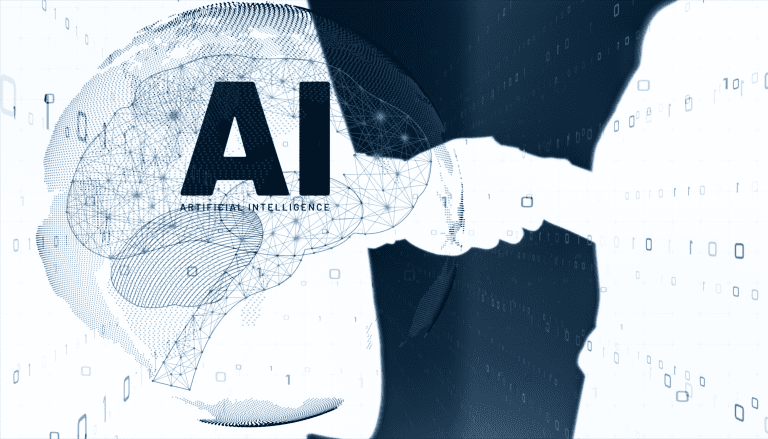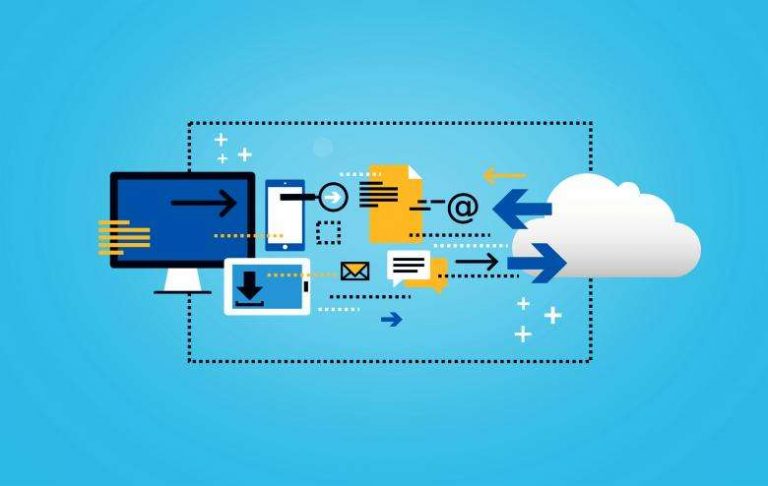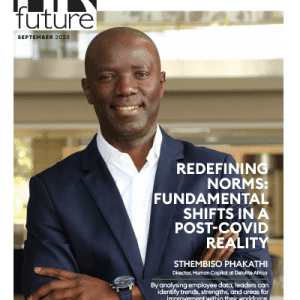As a human resource professional, you should reimagine the basic tenet of organization and adopt modern business models where purpose fuels business moves and labor becomes talent.
You want to have an organization where hierarchy transforms into a network of teams and competitors evolve into ecosystem collaborators. Your aim is to create an inspiring, collaborative and human workspace and there’s no better catalyst for this than employee training.
Investing in Employee Training for Bilingual Proficiency in French
Introducing French language learning for your employees can help your business achieve global talent mobility where you can confidently deploy your bilingual employees across offices in the US and Canada promoting a flexible and adaptive workforce.
With a French course at Lingoda, your company can seamlessly integrate language proficiency into its skill set and become a strategic asset in forming partnerships with French-speaking companies.
Your bilingual employees will also enable your business to expand its market presence and attract a broader clientele driving business growth. Offering language training to your employees also demonstrates your commitment to growth and development of your employees and enhances their job satisfaction.
Investing in training your employees to speak French also strengthens their leadership skills and puts your employees at a position to become diverse leaders capable of guiding your company’s teams in both the US and Canada.
Investing in Diverse Employee Training for Enhanced Skill Development
As a human resource manager, gearing the company’s efforts towards internal training strategies such as career development programs can help boost your employee retention and foster loyalty and employee engagement. You can come up with such great training programs by:
Assessing What Your Company Needs
The best way to know what kind of training is necessary and relevant to your employees is to get feedback from your employees through employee surveys. You can identify the kind of training your team needs by analyzing what new critical changes your business may need to push it forward.
For example, if your company is introducing a new cybersecurity protocol to enhance data protection, your primary focus for training should be on the IT team.
You can also get an inclination of the kind of training your employees need by listening to the desires to advance in their careers.
For example, if your employee expresses a desire to transition from a technical role to a managerial role, investing in a training plan that covers leadership, strategic thinking and communication will not only contribute to that employee’s career development but also facilitate and support effective succession in your business.
Setting Clear Objectives
Whether job-specific or behavioral-focused, your company’s objectives can help you establish your training goals.
For example, for job-specific training objectives, you could implement a training program on how to provide the best customer service while training your employees to acquire the skills needed to use a new customer relationship management system efficiently.
If your company’s objective is behavioral, focused, for example, establishing a more inclusive workspace, you may implement training programs to develop a deeper understanding of diversity issues and promote inclusivity like diversity, equity and inclusion training programs.
For example, training programs focused on creative problem-solving can foster innovation in employees and enhance collaboration between Canadian and US workers bringing forth a more synchronized and effective team dynamic in the workforce
Designing and Developing Training Programs
Rather than running passive sessions where the trainer talks and the participants listen, you can achieve better results by breaking the training classes into bite-sized lessons that trickle down from large groups to smaller groups and finally to the individual level.
You also need to consider and incorporate your employees preferred learning styles by collecting feedback during training so you can understand the training programs tha best fit for your organization.
Creating The Best Employee Experience
Having the best employee experience strengthens the performance of your team and the company as a whole and builds a positive environment that fosters innovation and growth of the US-Canadian workforce.
In the rapidly changing and competitive landscape between US employees and Canadian workers, you can achieve employee satisfaction by implementing holistic approaches that focus on attracting, empowering and retaining your employees to build a more in-sync Canadian-US workforce like addressing your employees’ mental well being.
Addressing your employees’ desires for higher pay or advancements in their role in the company is one of the best ways to ensure that your workers are experiencing job satisfaction. This can help you recruit and retain a strong US-Canadian workforce where leaders develop empathy-driven strategies to create a supportive workspace culture where talent is appreciated.
Adopting New Organizational Models
As HR, adopting innovative organizational models that foster collaboration across borders can help you build a cohesive and adaptable cross-border collaboration between US and Canadian employees.
For example, you can organize joint training programs where your employee teams in different locations attend training sessions together either online or physically to create a collaborative learning environment.
This can enhance the agility of your employees, foster transformation due to exchange of ideas between different sets of employees and strengthen the alignments between your Canadian and US teams.
Shifting To a Multigenerational Workforce
Leveraging the strengths of a multigenerational workforce can help you enhance synergy in the Canadian-US workforce by creating a unique blend of perspectives and skills. Having a team with diverse age groups can help you take advantage of the richness of experience and the young ideas in your employees to drive success in your business.
For example, you can offer remote jobs to attract Gen Z talent and flexible retirement options to baby boomer employees to foster a culture of collaboration and understanding that cuts across generational boundaries in your company.
Creating a Flexible and Magnetic Workforce
You need to prioritize the importance of skill-based approach in the current disaggregate and fluid work systems to cultivate a more capable and adaptable Canadian-US workforce. As HR in the rapidly technologically advancing business world, you can train and upskill your employees to fill in skill gaps related to automation and digitization to meet your company’s strategic goals to enhance business performance in the current business landscape.
You also need to assess disruptive trends, identify future core capabilities and evaluate how supply and demand dynamics apply to potential skill gaps to strategically partner with stakeholders that can boost your US-Canadian collaborations
Endnote
You need to have an efficient HR team that is flexible and responsive to trends that involve building more connections, unprecedented automation, lower transaction costs and demographic shifts for your business to thrive.
If you don’t address performance issues promptly through training where necessary, it can lead to decreased customer satisfaction, loss of clients and damage to your company’s reputation. Through employee training and development you can maintain a healthy work environment, sustain employee satisfaction and safeguard your company’s success and reputation.
HR Future Staff Writer.

























